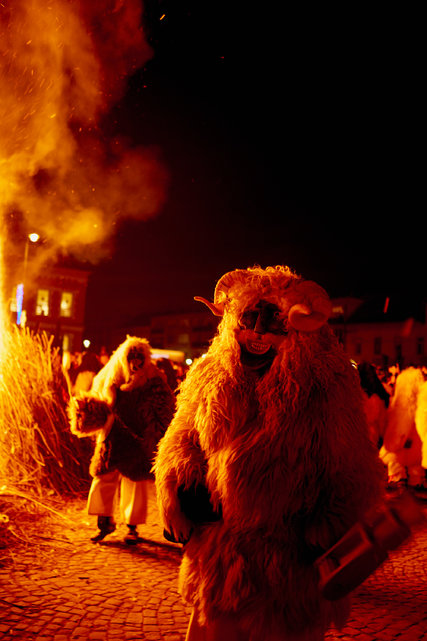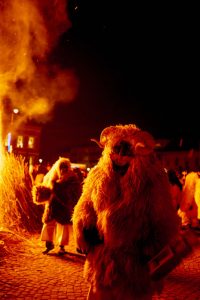To my way of thinking, the turn of the 19/20 centuries was a fascinating, crucial time in the history of magick. Amidst Doinel’s revival of Gnostic religion and Yarker’s investigation into archaic Freemasonic ritual, Great Britain’s colonial initiatives brought Europeans into contact with cultures with active, living magical traditions that in turn sensitized Europeans scholars and antiquarians into re-evaluating various inexplicable “folk” customs and recognizing their religio-magical roots. James George Frazier’s monumental work The Golden Bough [PS if yr a fan of that ancient rock band The Doors, a peep at the chapter headings of this tome might well prove revelatory] was based on just such a survey of extant customs in mainly rural areas around Europe but also taking in the survivals of same in urban settings as well. One might well see the basis of the Wiccan revival in such work. AND such practices still survive as noted in a recent issue of the New York Times style magazine “T” which visited Hungary’s end of Winter revels:
“…The men and women were members of the Kecskeszarv Busocsoport (Goat Horn Buso Group), and they gathered to prepare for another day in the six-day-long Busojaras Festival, which culminates each year on the Tuesday before Lent.
“The festival is rooted in the local Sokci community, an ethnographic group of mostly Croatian Slavs. According to legend, when the Ottomans occupied Hungary in the 16th century, the townspeople fled to the nearby marshlands where they met an old Sokci man who promised that they’d soon return to their homes. He told them to carve masks and prepare for battle. When the masked, sheepskin-clad townspeople reappeared in the midst of a winter storm, the Ottomans thought they were facing demons and fled before sunrise. As a result, Busojaras has come to symbolize a way to scare away winter itself…
“Dallos described the festival as ‘cheeky’ and phallic symbolism presented itself in excess, with penile-shaped gourds proffered to the crowd as drinking devices and decorative penises appearing on tractors. During their procession, the Busos continually engaged with the crowd in a way that was flirtatious but also a bit frightening.”
So perhaps we’re getting into archetypal territory here as the parallels the Black Indian tradition of New Orleans Mardi Gras — especially if you look at the timing of their festivities — is certainly suggestive. Likewise the annual invocation of Bou Jeloud at Jajouka soundtracked by performances of that village’s Master Musicians. Read the whole article:
https://www.nytimes.com/2017/03/16/t-magazine/busojaras-festival-hungary-lent-travel.html


